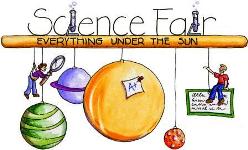





Published on Sep 05, 2023
The objective: The objective of this project is to find a less expensive and healthier way to lower the hardness of water. The hypothesis is that electrical current surrounding a PVC water pipe will lower the amount of hardness (calcium) in water
By placing a holding tank on one side and allowing the water to flow through a PVC pipe that is wrapped in electrical line to a holding vessel. Well water was put into the holding tank and held back by a valve.
A 1.4 volt connection was plugged in and the switch turned to on. The water was released to flow into the other bottle while the electricity is supposed to alter the hardness of the water by changing the ions. Test was reset with fresh well water and a 6 volt electrical supply was used.
Samples were taken: one set was sent to a lab for computer analysis; the other set of samples was put through a simple soap test..
The results collected proved the hypothesis true. Hard water computer analysis testing showed: untreated well water had a 261 ppm of calcium and very cloudy water with no soap bubbles; the 1.4 volt had a 225 ppm of calcium and water that was slightly clearer that the untreated water; and the 6 volt had a 200 ppm of calcium and water that was just a little clearer then the 1.4v test. The water with the 1.4 volts was 14% lower than the untreated. The 6 volt was 23% lower. .
The hypothesis was proven; an electrical current surrounding a water pipe can alter the hardness of water. A healthier way of softening water can be accomplished by altering the ions in the water; therefore, the calcium and magnesium is attracted to itself and not the plumbing.
The project is to determine how the Electrical current has the potential to lower the hardness, or calcium, level in water.